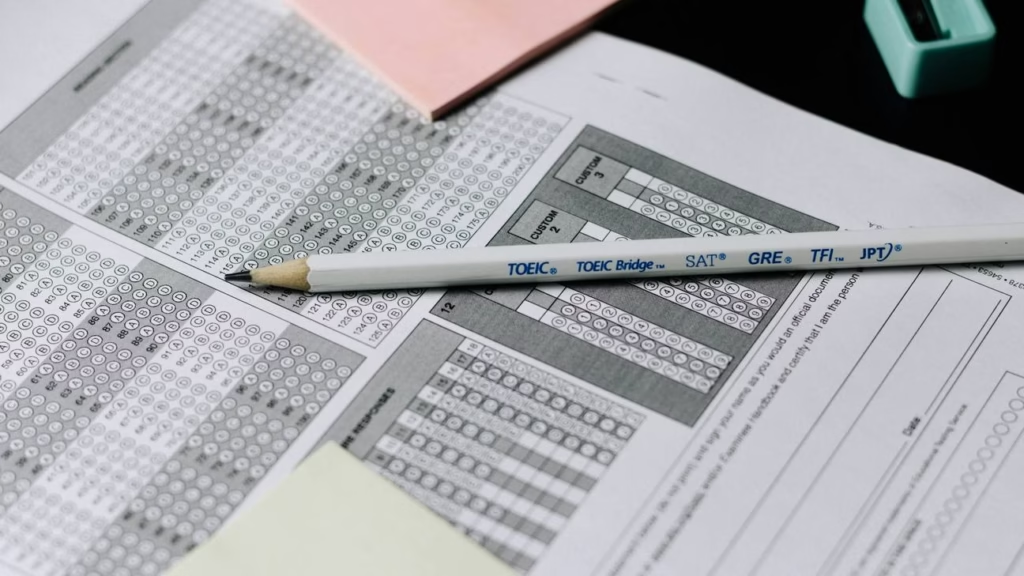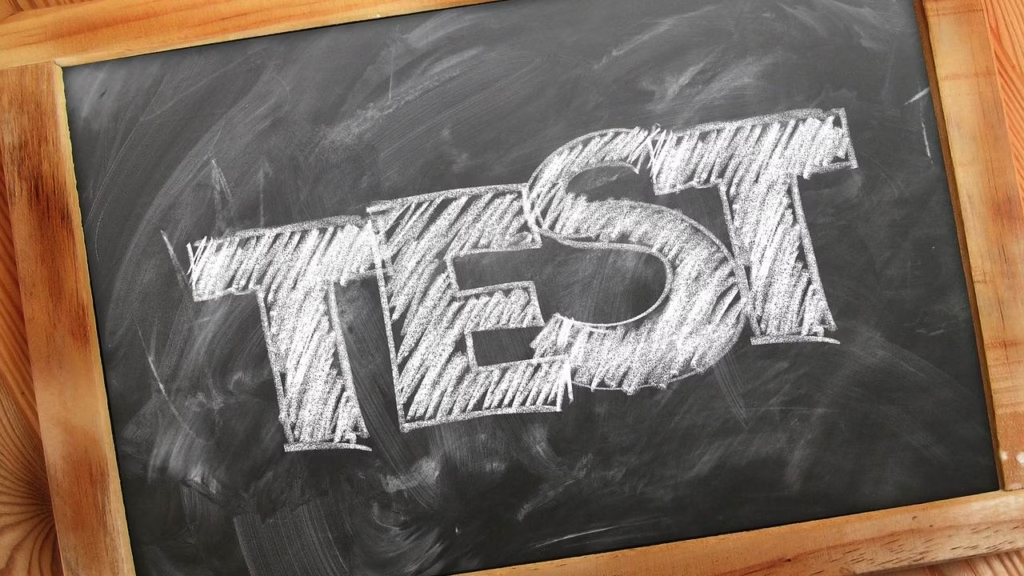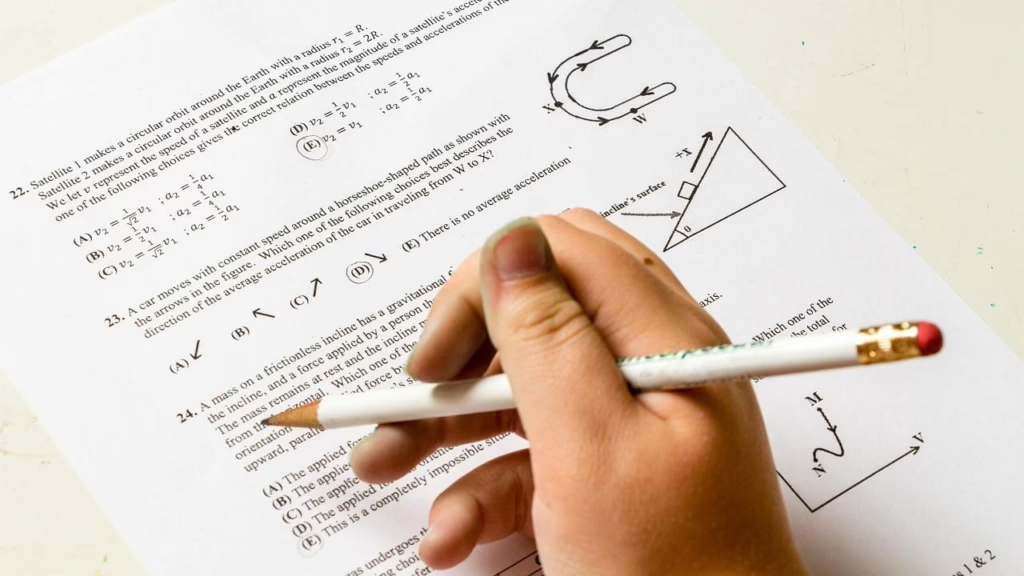Getting ready for the AP World History exam? You might be asking: “How is this test actually scored?” Knowing the answer can change your study plan from a guess to a sure thing. Whether you want college credit or just a great score, this guide will explain it all.
We’ll look at the 2026 exam using the latest official info. You will learn the exam’s structure, how each section is scored, and how your points add up to that final 1-5 grade. You can even see how it works firsthand with an AP World History score calculator. Let’s turn your worry into confidence.
Table of Contents
Understanding the AP World History Exam Structure
First, know the exam’s layout. The AP World History: Modern test covers global history from around 1200 CE to now. It checks how well you can look at sources, find patterns, and make arguments about the past.
In 2026, the test is digital. It takes 3 hours and 15 minutes. It has two big parts:
- Section I: Multiple-choice and short-answer questions.
- Section II: Free-response essays (a DBQ and a LEQ).
The scoring for 2026 is not changing from the 2025 format.
Here is a quick look at the exam structure:
| Section | Question Types | Number of Questions | Time Allotted | Percentage of Total Score |
|---|---|---|---|---|
| IA: Multiple-Choice | Stimulus-based sets | 55 | 55 minutes | 40% |
| IB: Short-Answer | Text/image-based prompts | 3 | 40 minutes | 20% |
| II: Free-Response | DBQ and LEQ | 2 | 100 minutes | 40% (DBQ 25%, LEQ 15%) |
This setup tests your skills in a balanced way. Now, let’s see how each part adds to your score.
Section IA: Multiple-Choice Questions (MCQs)
This section starts the exam. It tests how fast you can understand historical sources. Questions come in groups of 3-4. Each group has a source like an old text, a map, a picture, or a chart. You need to understand these sources and link them to big historical ideas.
Scoring Basics:
- You get 1 point for each correct answer.
- No points are taken off for wrong answers or blanks.
- The most you can get is 55 points.
Key Skill: The main skill tested is source analysis. In 2025, students did well on all topics, so studying the whole course pays off.
Tip: Practice with official source-based questions to get comfortable with the format.
Section IB: Short-Answer Questions (SAQs)
Next, you will answer short written questions. You must answer Questions 1 and 2 (they include sources). Then, you pick between Question 3 or 4 (no sources).
Scoring Basics:
- Each SAQ is worth 3 points (1 point for part A, B, and C).
- The most you can get is 9 points.
How to Get Points: You earn points for correct answers, clear descriptions, or good explanations. For example, if a question asks you to “describe,” you need to give more than just a one-word answer. If it says “explain,” you need to show the “how” or “why.”
Real Example: A 2025 question asked about Muslim empires. One part might ask for a technology that helped them expand. A specific answer like “gunpowder weapons” would earn the point.
Tip: Be specific. Aim for 2-3 clear sentences for each part of a question.
Diving Deeper: Free-Response Section Scoring
This is where you write essays. You have 100 minutes to do two tasks: one Document-Based Question (DBQ) and one Long Essay Question (LEQ). This part is worth 40% of your score. Knowing the rules here is key.
The Document-Based Question (DBQ): A Step-by-Step Rubric Breakdown
For the DBQ, you get seven documents on a topic. You have 15 minutes to read and 45 minutes to write. You must make an argument using the documents and your own knowledge.
The DBQ is graded on a 7-point rubric:
- Thesis/Claim (1 point): State your main argument clearly.
- Contextualization (1 point): Describe the broader historical situation.
- Evidence from Documents (2 points): Use at least 3 docs for 1 point; use 4+ to support your argument for 2 points.
- Evidence Beyond Documents (1 point): Bring in at least one specific piece of your own knowledge.
- Sourcing (1 point): For at least two documents, explain the author’s point of view or purpose.
- Complexity (1 point): Show a nuanced understanding, like discussing multiple causes.
Example: In a sample DBQ, you might need to source a document from a British promoter. You could say his purpose was to attract investors to a colony. Link this to your argument to get the point.
Common Mistake: Don’t just summarize the documents. You must analyze them.
The Long Essay Question (LEQ): Mastering the 6-Point Rubric
For the LEQ, you pick one of three prompts. No documents are provided—just your brain. You need to write an essay using your knowledge.
The LEQ is graded on a 6-point rubric:
- Thesis/Claim (1 point): Give a clear, strong thesis.
- Contextualization (1 point): Set the stage with relevant background.
- Evidence (2 points): Provide at least 2 specific examples for 1 point; use them to support your argument for 2 points.
- Analysis and Reasoning (2 points): Use historical reasoning (like cause/effect) for 1 point; add a complex layer (like a comparison) for 2 points.
Tip: A strong LEQ on economic rivalries might talk about the silver trade and the East India Companies. It would explain how mercantilism caused imperialism. Aim for 4-5 body paragraphs to cover your ideas in depth.
How Your Raw Scores Become a Composite Score
How do all these points add up? The College Board takes your “raw” scores from each section and weights them to create a “composite” score out of about 130 points.
Here is the simple math:
- MCQ: Up to 55 points, worth 40% of your score.
- SAQ: Up to 9 points, worth 20% of your score.
- DBQ: Up to 7 points, worth 25% of your score.
- LEQ: Up to 6 points, worth 15% of your score.
Each section’s points are scaled to match its importance. The exact math changes a bit each year, but this composite score shows your overall performance before it becomes a 1-5.
Converting Composite Scores to the 1–5 AP Scale
The last step is turning your composite score into the final 1-5 grade. A score of 3 or higher often gets you college credit. The exact cutoffs are not public, but we can estimate from recent years.
General Ranges (Estimate):
- 5: ~91-130 points (Extremely well qualified)
- 4: ~74-90 points (Well qualified)
- 3: ~58-73 points (Qualified)
- 2: ~42-57 points (Possibly qualified)
- 1: Below ~42 points (No recommendation)
These are just guides. In 2025, the average score was about a 3.0.
Insights from 2024-2025 Score Distributions
Looking at recent scores helps us see the big picture. In 2024, over 350,000 students took the test. About 63.8% got a 3 or higher.
2024 Score Distribution:
- 5: 11.9%
- 4: 32.3%
- 3: 19.6%
- 2: 27.4%
- 1: 8.8%
In 2025, students did a little better. About 64.3% scored a 3 or higher.
2025 Score Distribution:
- 5: 13.9%
- 4: 33.4%
- 3: 17.0%
- 2: 26.5%
- 1: 9.2%
Key Insight: In 2025, students did well on the multiple-choice part. But the essays are still tough. Only the top scorers get that top “complexity” point.
Tips to Boost Your AP World History Score in 2026
Now you know how the test is scored. Use these tips to get a better grade.
- Learn the Rubrics Early: Practice DBQs with official samples. Focus on getting the sourcing point by analyzing documents.
- Build Your Evidence Bank: For LEQs, memorize 4-5 specific examples for each unit.
- Manage Your Time: In the DBQ, use the 15-minute reading time to plan. This helps you include context.
- Review Weak Spots: If students struggled with modern history (Units 7-9), make sure you know it well.
- Use Good Resources: Online tools can give you practice and score estimates.
Use these strategies to focus your study time.
Conclusion: Your Path to AP Success Starts with Knowledge
Knowing how the AP World History exam is scored in 2026 is a powerful tool. It is not just about numbers. It helps you study smarter. From the 55 MCQs to the detailed 7-point DBQ, every part rewards clear thinking and good evidence.
With over 64% of students earning a 3 or higher in 2025, you can do it too. The key is to focus on building strong arguments and practicing with the real rubrics.
Ready to start? Download the latest scoring guides from the College Board. Try a full practice test. Your future self will thank you


























